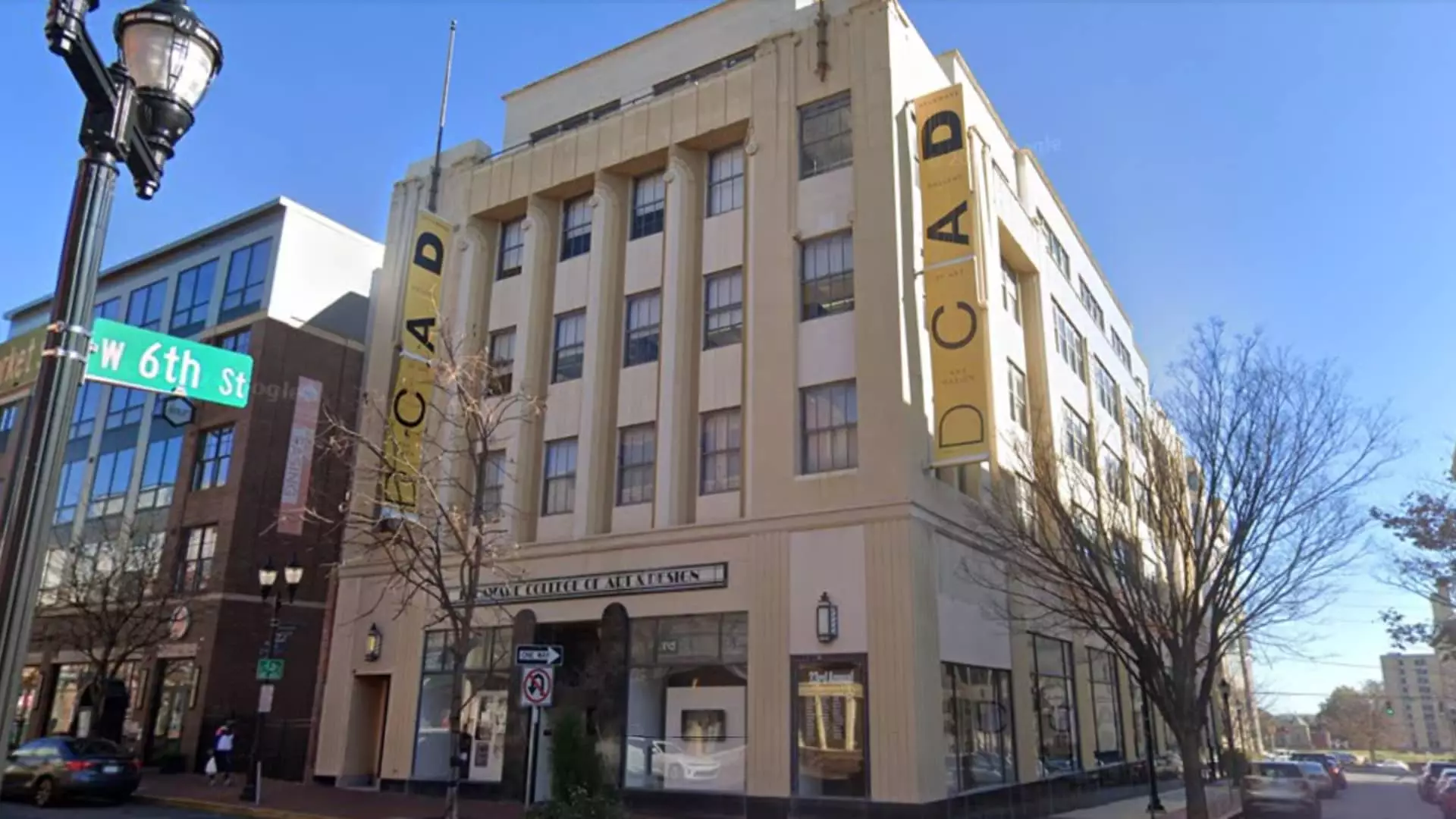The Delaware College of Art and Design recently made an announcement that it is set to close its doors due to low enrollment numbers for the upcoming school year. This decision was partially influenced by issues with the new Free Application for Federal Student Aid (FAFSA) form, which has discouraged students from applying for financial aid, ultimately leading to a decline in enrollment. The college’s president, Jean Dahlgren, highlighted the challenges faced by independent art and design schools like DCAD, including declining enrollment, a diminishing pool of college-age students, rising costs, and unexpected difficulties with the rollout of the new FAFSA. Despite efforts by the Board of Trustees to secure alternative funding sources, the institution has been unable to overcome the underlying issue of insufficient student enrollment.
The declining number of students seeking higher education and the shrinking population of college-age individuals have contributed to what is known as the “enrollment cliff.” This trend, coupled with inflation and escalating costs, has placed significant financial strain on colleges across the country, particularly impacting smaller, private institutions like DCAD. This economic pressure, combined with the rising preference for more affordable educational options such as public schools, trade schools, and apprenticeships, has resulted in a challenging environment for traditional colleges and universities.
Higher education expert Mark Kantrowitz predicts that the closure of DCAD may be the first of many as institutions grapple with the fallout from the problematic FAFSA rollout. He warns that the reduced number of FAFSA submissions this year could precipitate a substantial decline in college enrollment, which would have far-reaching consequences for college finances, including reduced tuition revenue and other financial aid funding. Kantrowitz emphasizes that even a marginal decrease in enrollment could push financially vulnerable colleges to the brink of insolvency.
The repercussions of declining enrollment and FAFSA issues extend beyond the immediate financial challenges faced by colleges. Kantrowitz suggests that if students continue to forgo traditional higher education due to concerns about affordability, the effects could be felt for years to come. The Department of Education has acknowledged the importance of supporting colleges and universities to ensure they have the resources necessary to process student records efficiently, make aid offers, and incentivize enrollment. Despite these efforts, the closure of institutions like DCAD underscores the severity of the situation and the need for proactive solutions to protect the future of higher education.
In response to its impending closure, the Delaware College of Art and Design has pledged to assist incoming and current students in transferring to partner schools such as the Pennsylvania College of Art and Design and Moore College of Art and Design. This collaboration aims to provide a seamless transition for students affected by the closure and ensure that they can continue their academic pursuits without disruption. As the higher education landscape continues to evolve, it is essential for institutions to adapt to changing circumstances and prioritize the needs of students to maintain a vibrant and sustainable educational ecosystem.

Leave a Reply